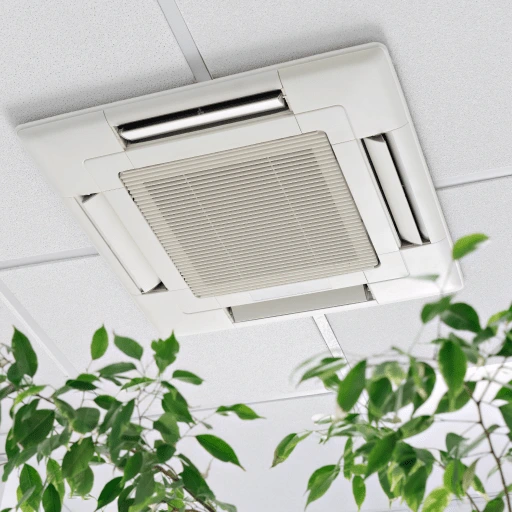
Central air conditioning systems are essential for maintaining indoor comfort and cooling homes in Port St. Lucie, Florida, where residents face high temperatures and humidity levels throughout the year. Understanding the operational mechanisms of these systems is crucial for homeowners to ensure optimal performance and efficiency. In this blog post, we’ll delve into the functionality of central air conditioning systems in Port St. Lucie, covering key components and how they work together to provide cooling comfort.
Components of Central Air Systems
Central air conditioning systems consist of several key components that work together to cool indoor spaces effectively. These components include:
- Compressor: The compressor is located in the outdoor unit and is responsible for pressurizing and circulating the refrigerant throughout the system.
- Condenser Coil: The condenser coil, also located in the outdoor unit, dissipates heat from the refrigerant, causing it to condense from a vapor to a liquid state.
- Evaporator Coil: Contained within the indoor unit, the evaporator coil plays a crucial role by extracting heat from indoor air, which prompts the refrigerant to evaporate and subsequently cool the surrounding air.
- Refrigerant Lines: Refrigerant lines connect the indoor and outdoor units, allowing refrigerant to flow between them.
- Blower Fan: The blower fan, located in the indoor unit, circulates cooled air through the ductwork and into the living space.
- Ductwork: Ductwork distributes cooled air throughout the home, ensuring even cooling in every room.
Operational Mechanisms
Central air conditioning systems operate on the principles of refrigeration, using refrigerant to transfer heat from indoor air to the outdoor environment. The cooling process begins when the thermostat detects a temperature above the set point and signals the system to start. Here’s how it works:
- Cooling Cycle: The compressor pressurizes refrigerant gas, raising its temperature and pressure. The hot refrigerant gas then flows to the condenser coil, where it releases heat to the outdoor air and condenses into a liquid.
- Refrigerant Flow: The liquid refrigerant travels through the refrigerant lines to the indoor evaporator coil. As indoor air passes over the evaporator coil, heat is absorbed from the air, causing the refrigerant to evaporate and cool the air.
- Air Circulation: The blower fan circulates cooled air through the ductwork and into the living space, lowering indoor temperatures and providing comfort to occupants.
- Humidity Control: As indoor air passes over the cold evaporator coil, moisture in the air condenses on the coil surface and is drained away, helping reduce indoor humidity levels.
Energy Efficiency Considerations
Energy efficiency is an essential consideration for central air conditioning systems in Port St. Lucie, where cooling costs can be significant. To improve energy efficiency, homeowners can take several steps, including:
- Regular Maintenance: Schedule annual maintenance to ensure the system operates at peak efficiency and identify any issues that may affect performance.
- Proper Sizing: Install a properly sized system that matches the cooling load of your home, avoiding oversized or undersized units that can lead to inefficiencies.
- Programmable Thermostats: Use programmable thermostats to adjust temperature settings based on occupancy and usage patterns, reducing energy consumption when cooling is not needed.
Conclusion
Central air conditioning systems play a vital role in maintaining indoor comfort in Port St. Lucie’s climate. By understanding the operational mechanisms of these systems and implementing energy-efficient practices, homeowners can ensure optimal performance, efficiency, and cooling comfort throughout the year. Consulting with a qualified HVAC professional can provide further insight and guidance tailored to individual cooling needs and preferences.